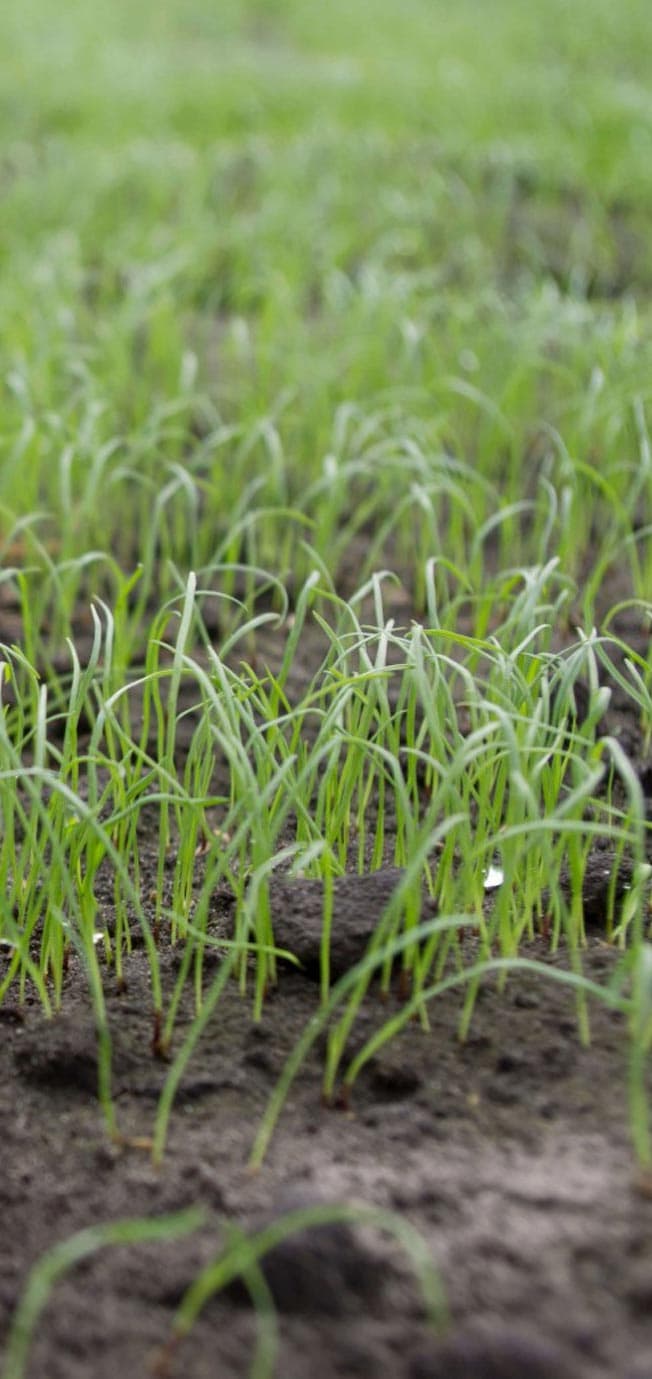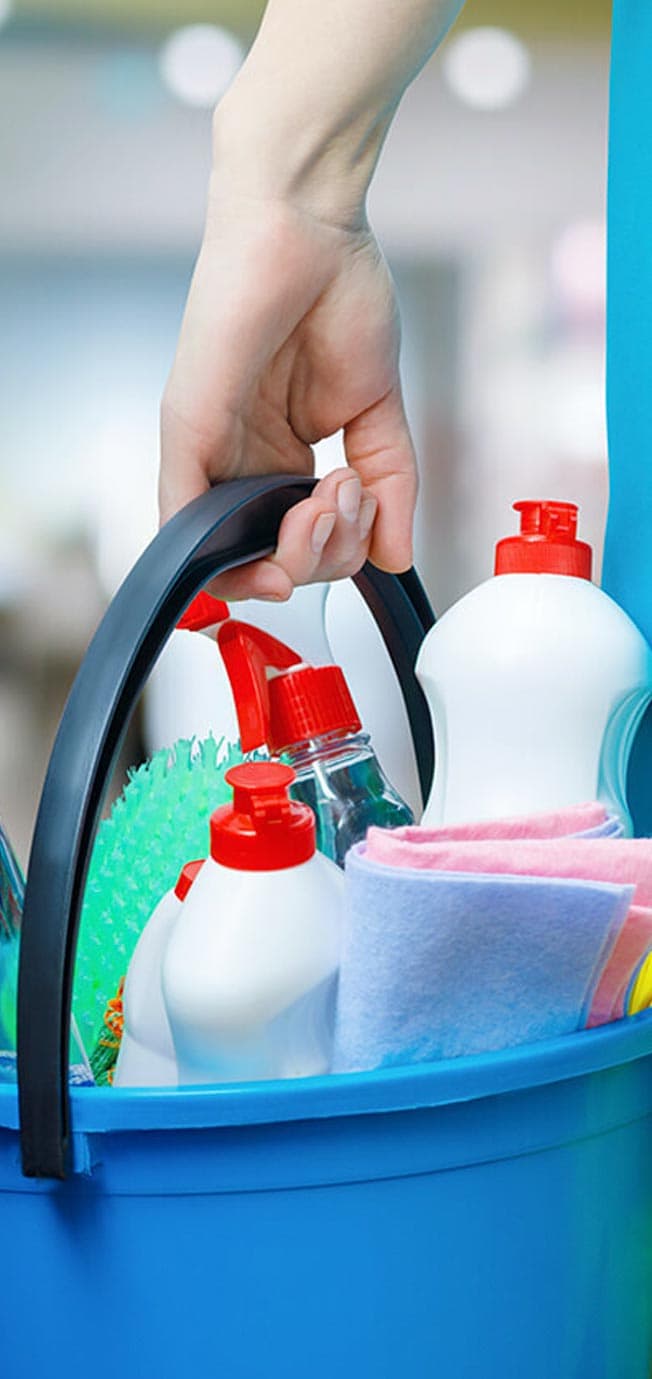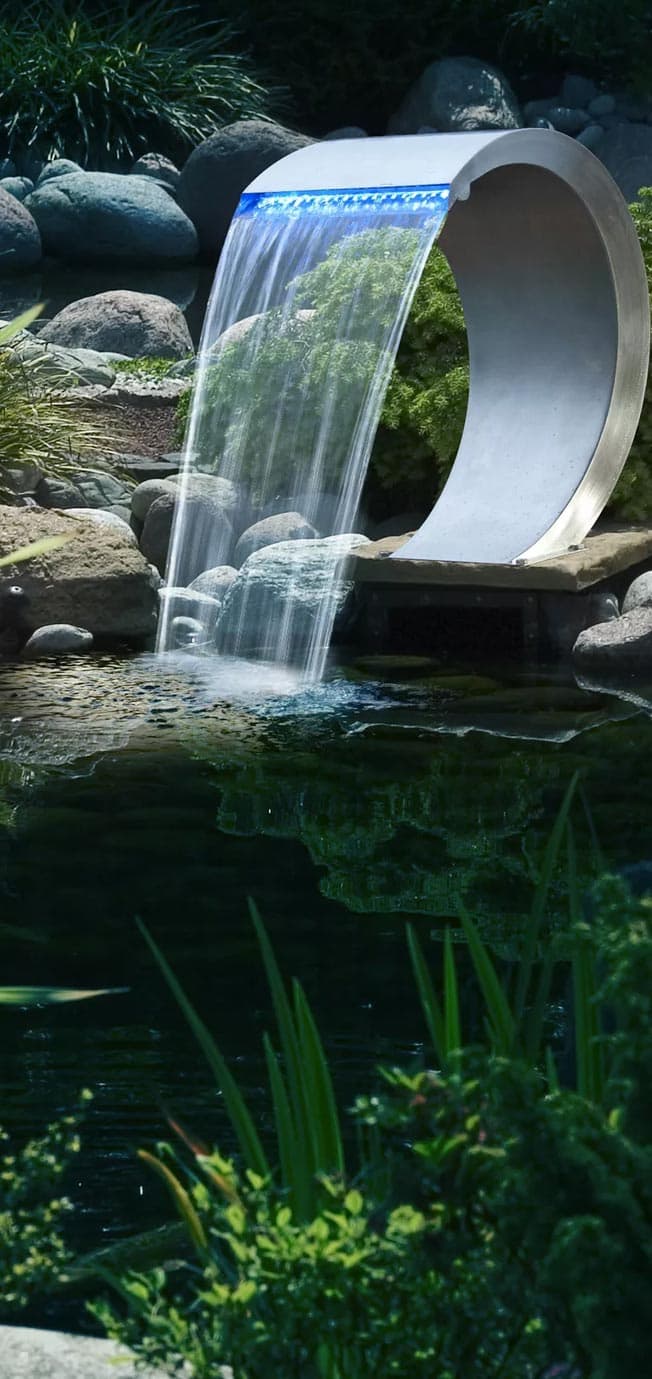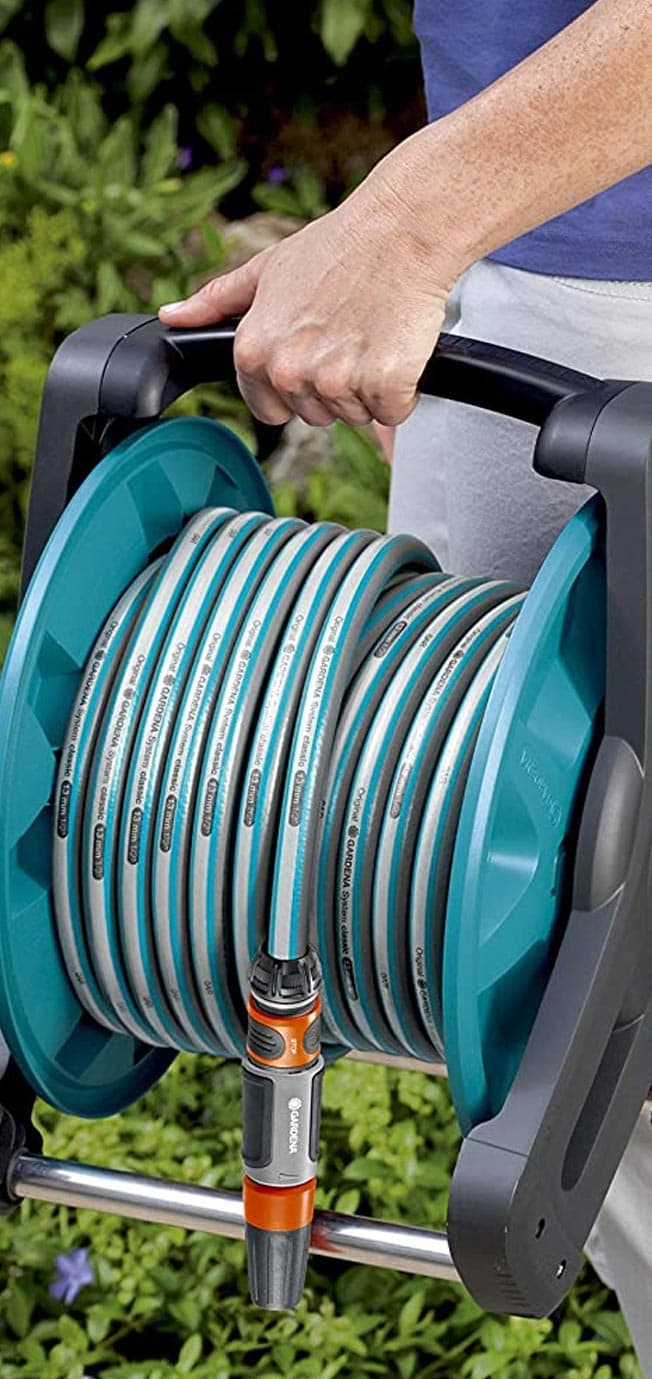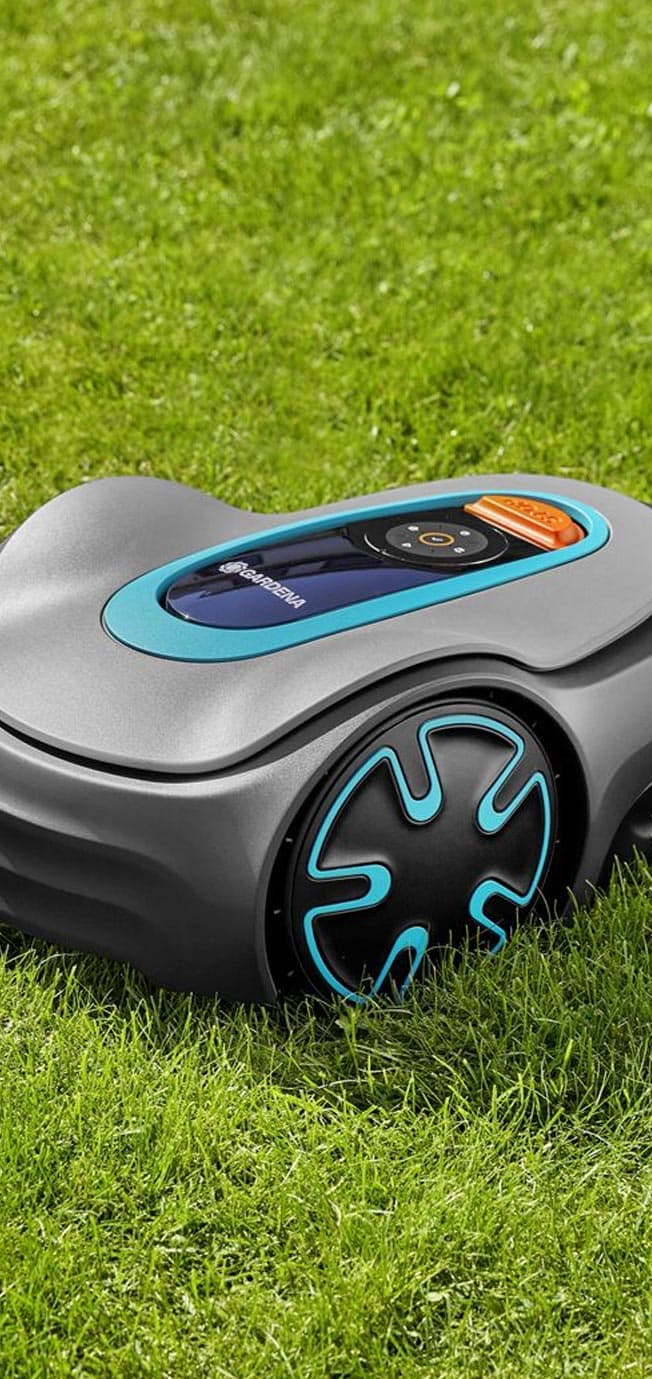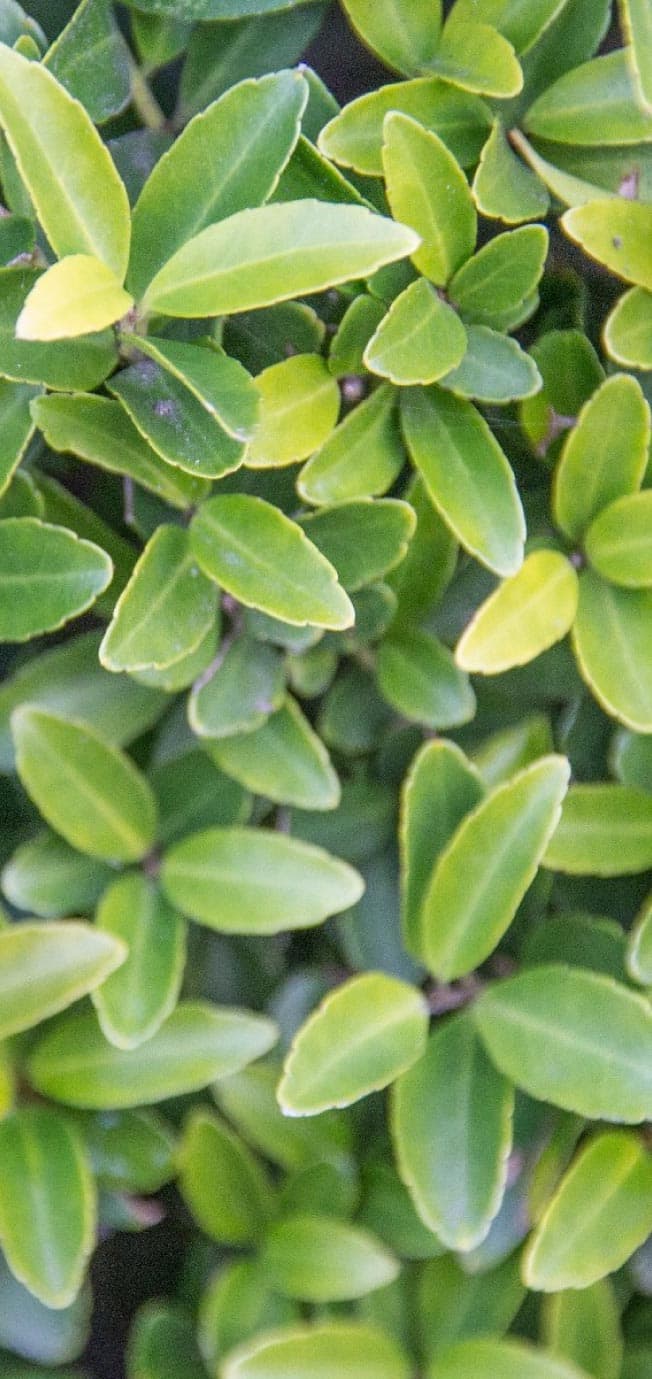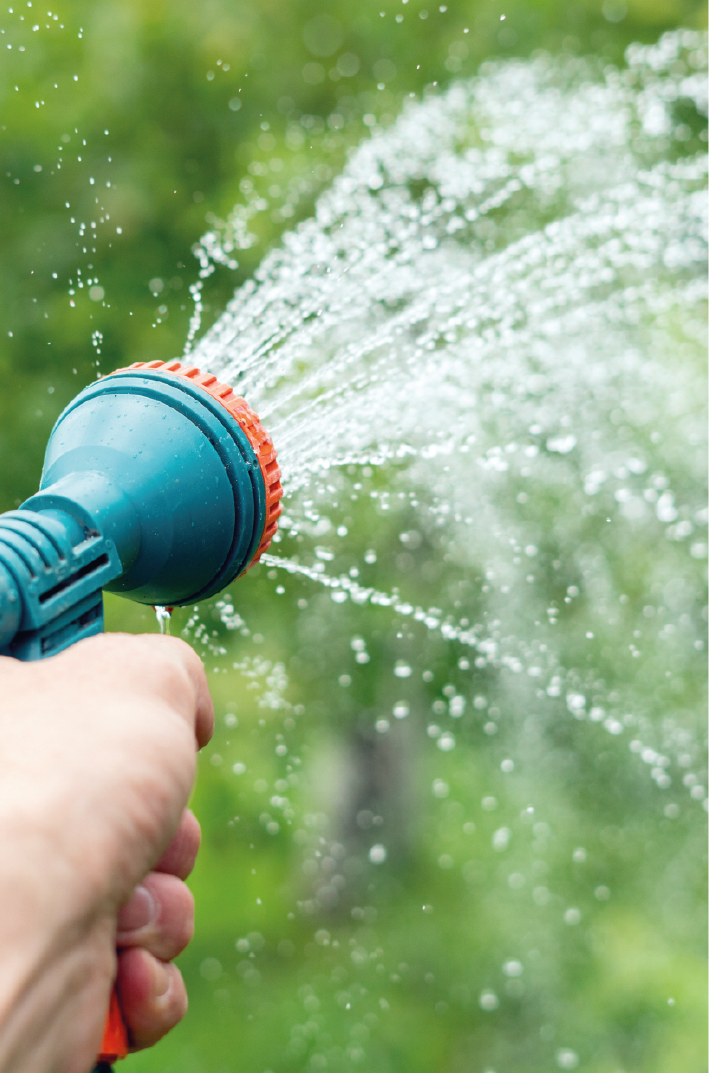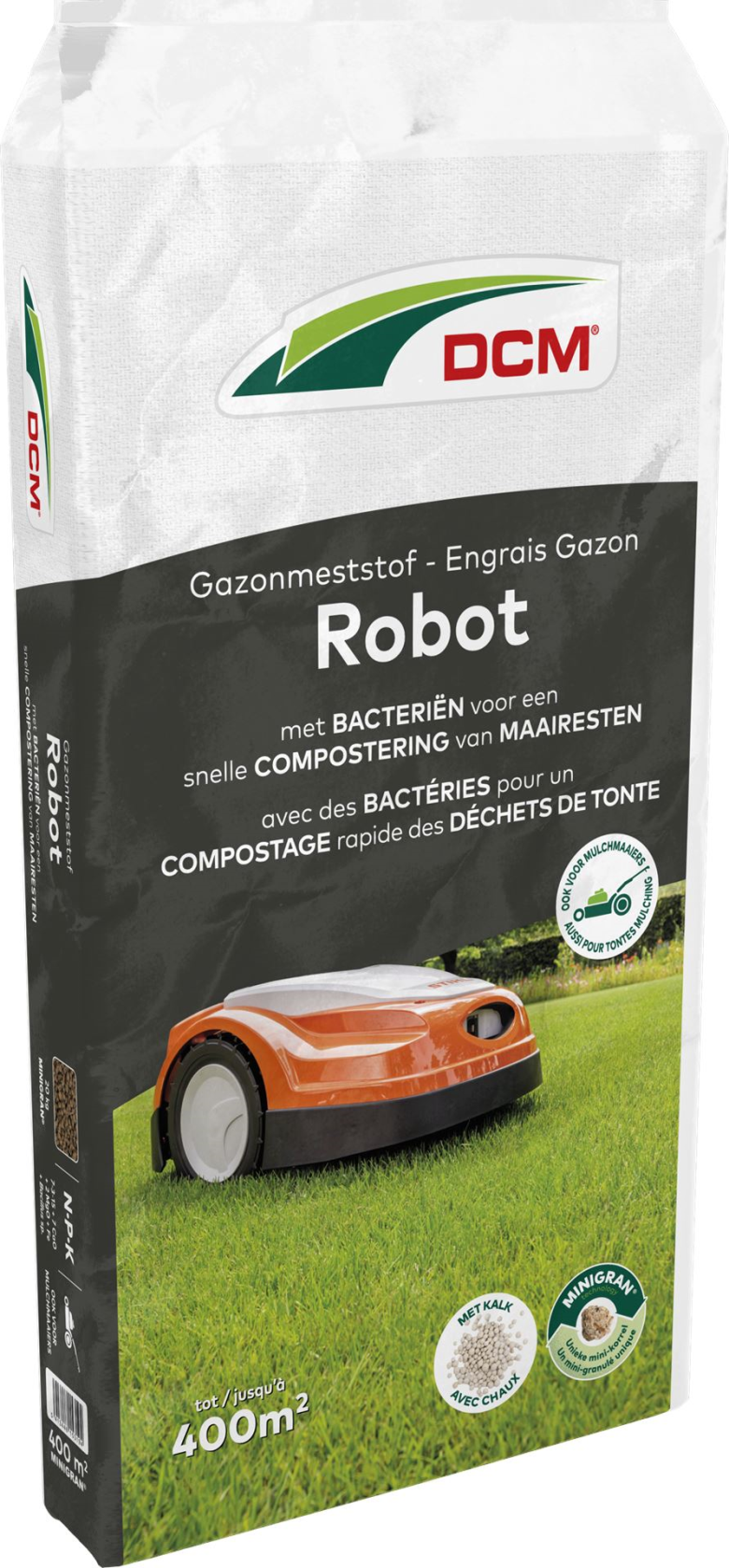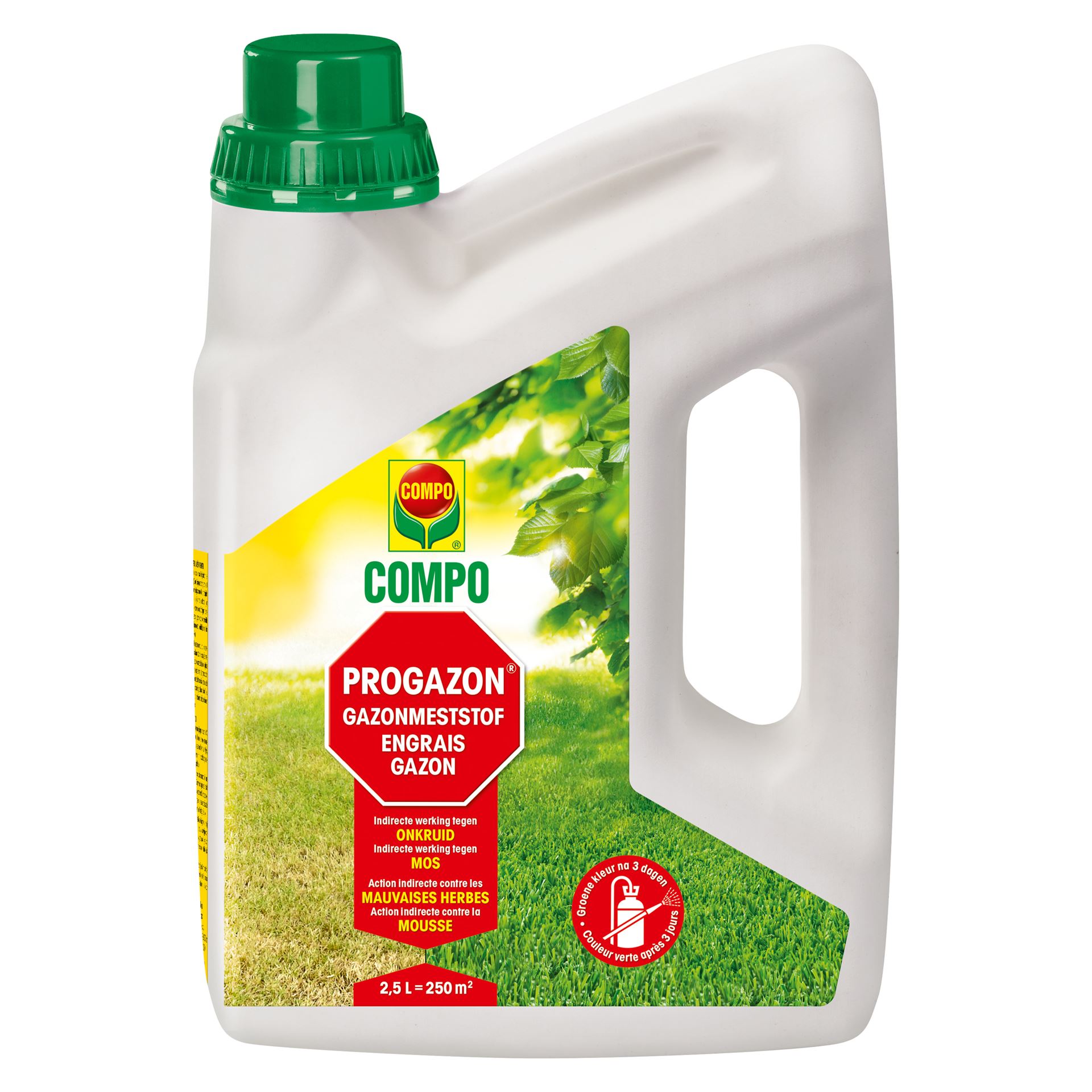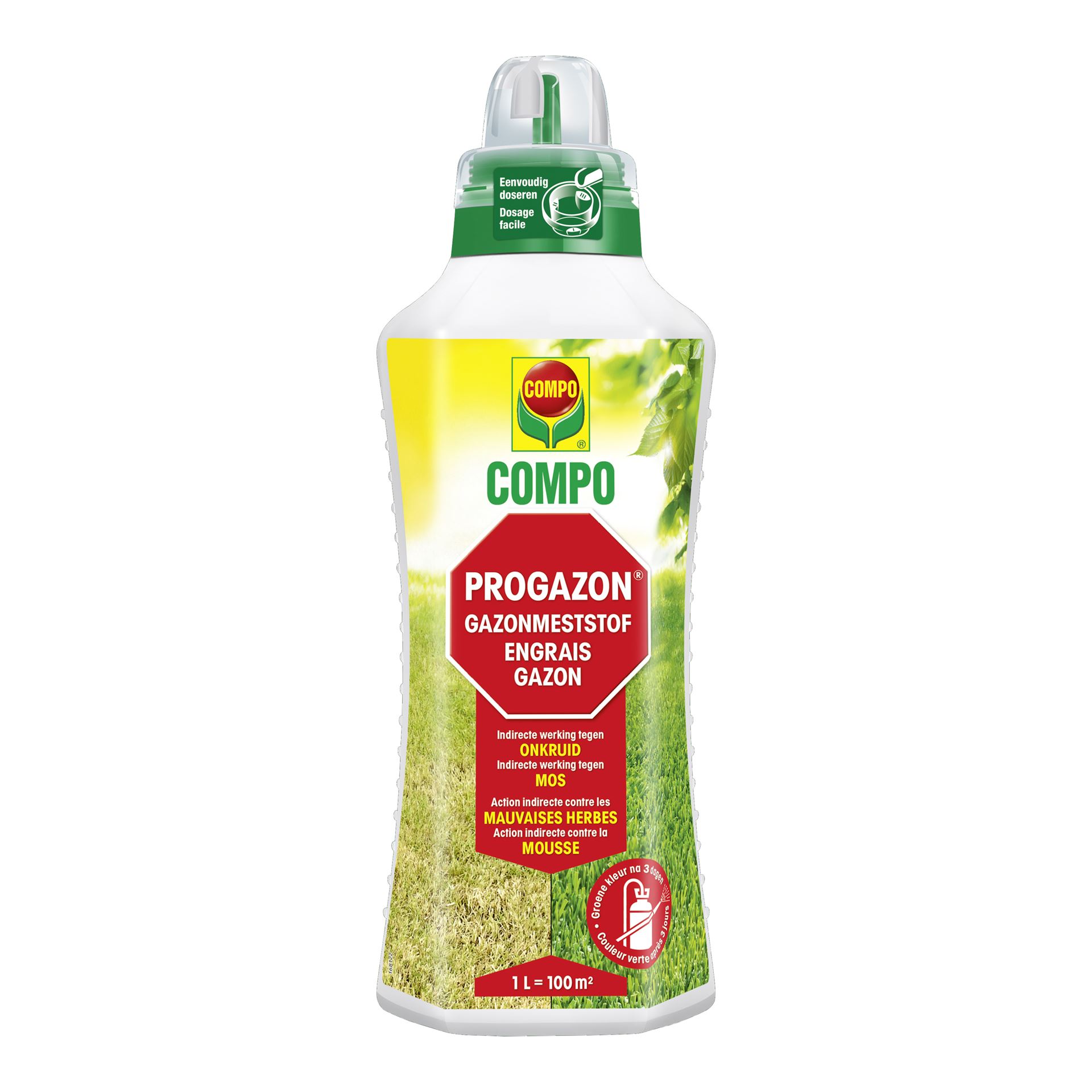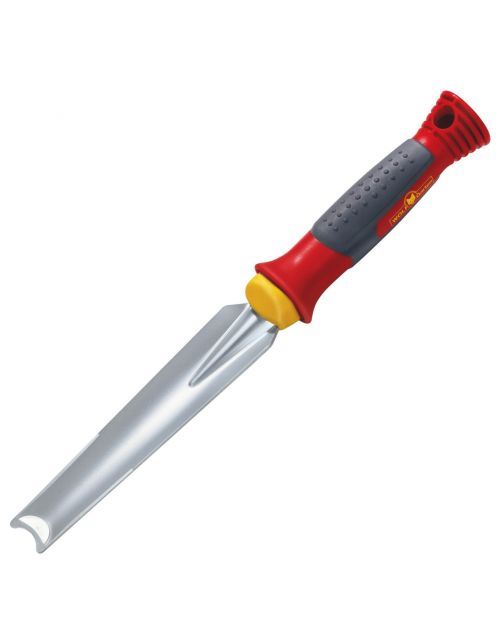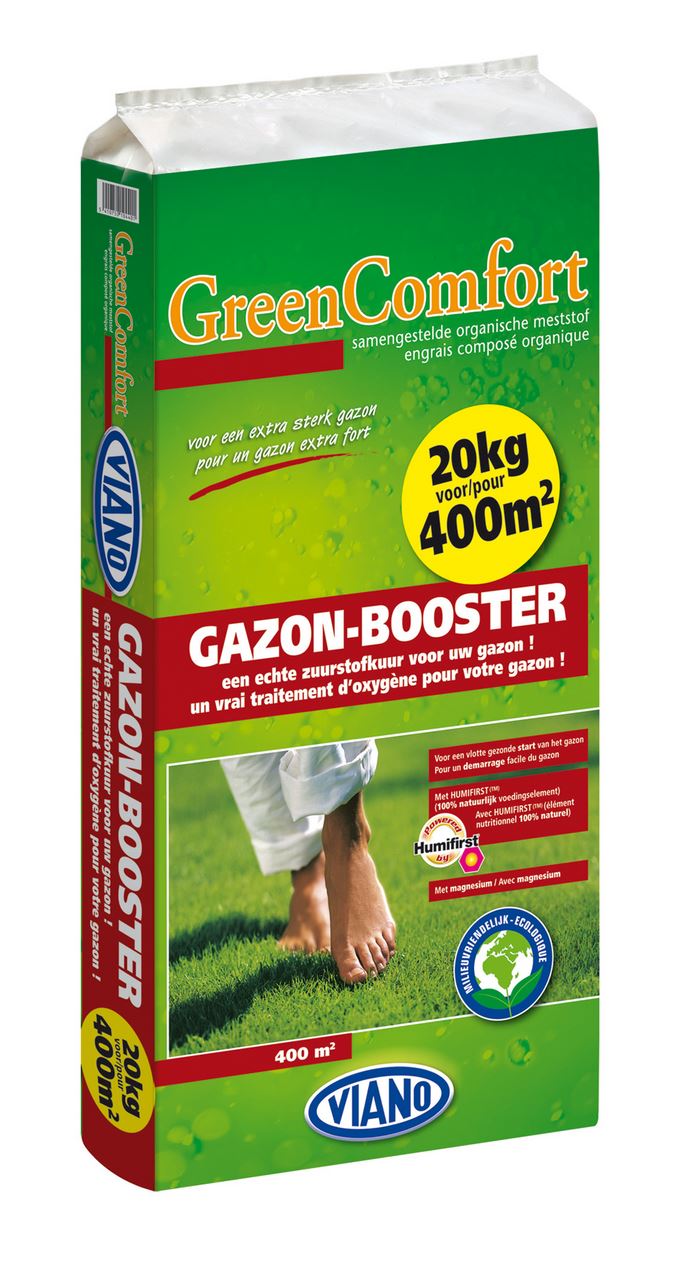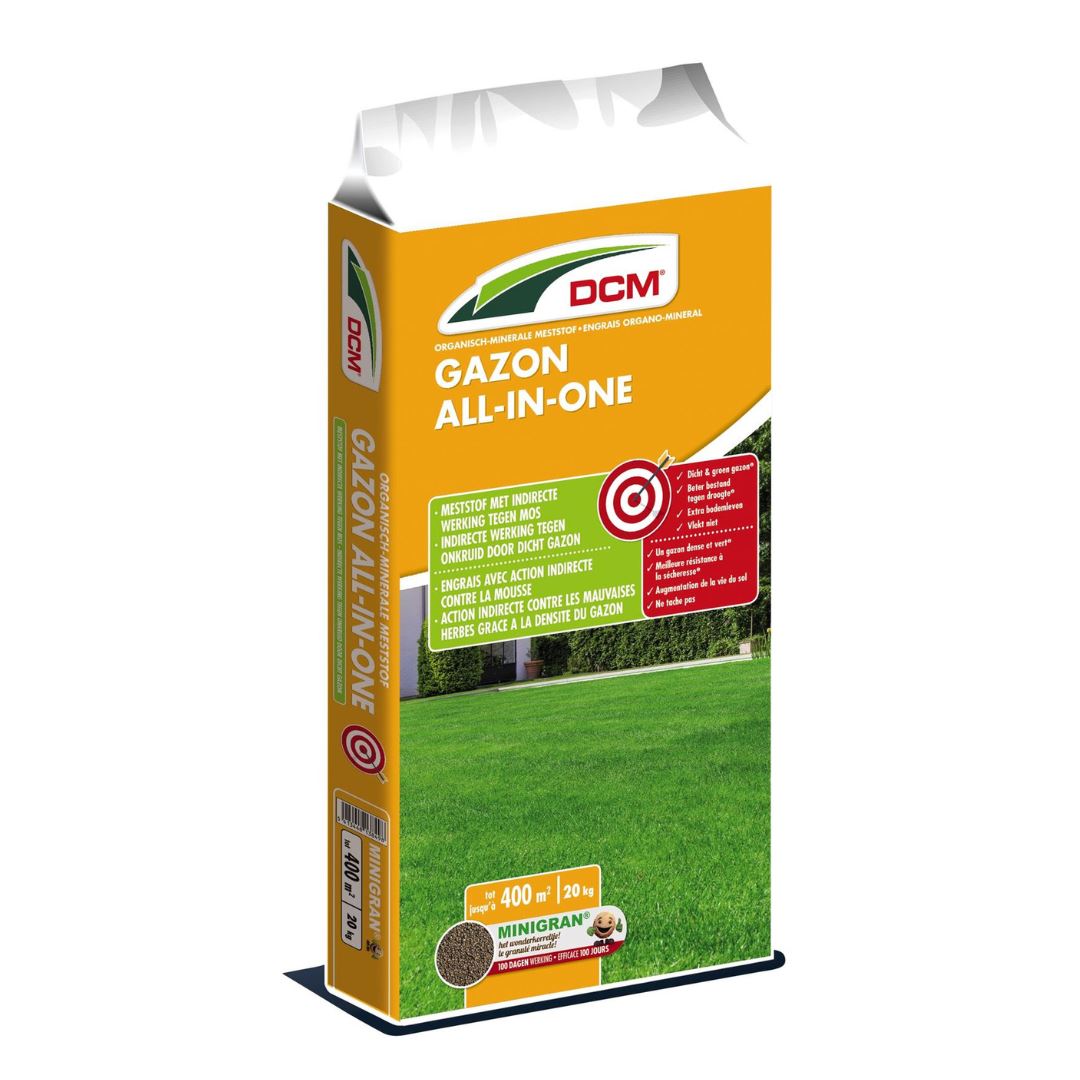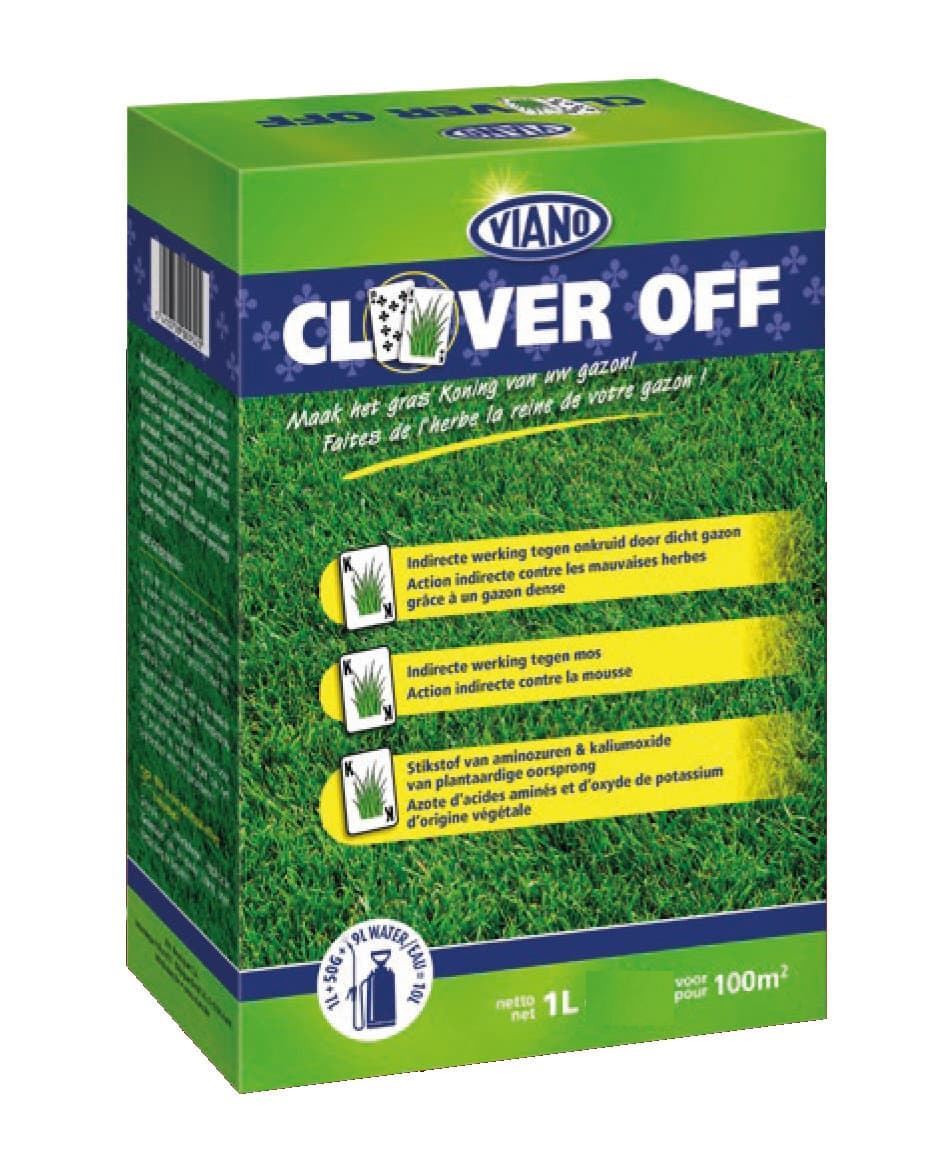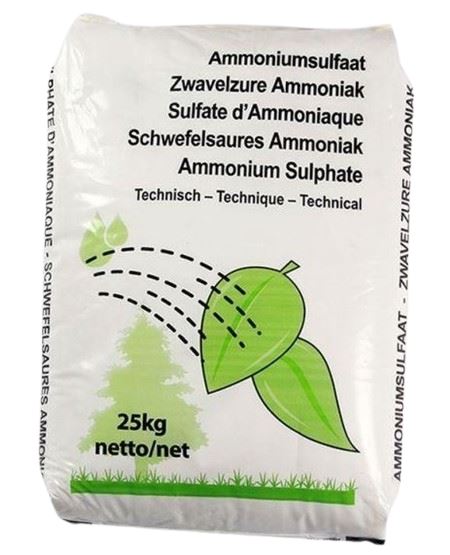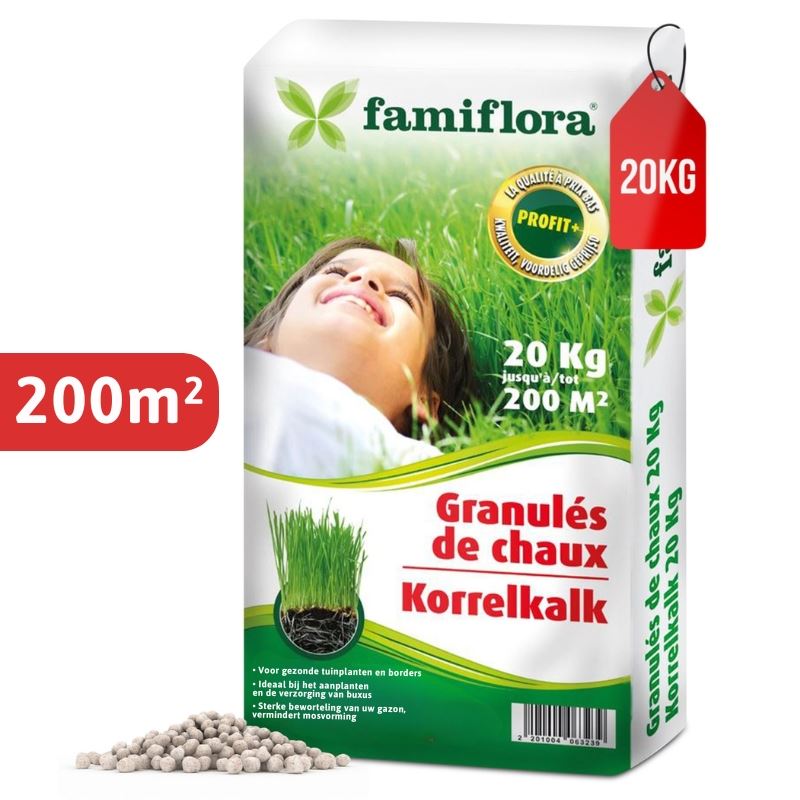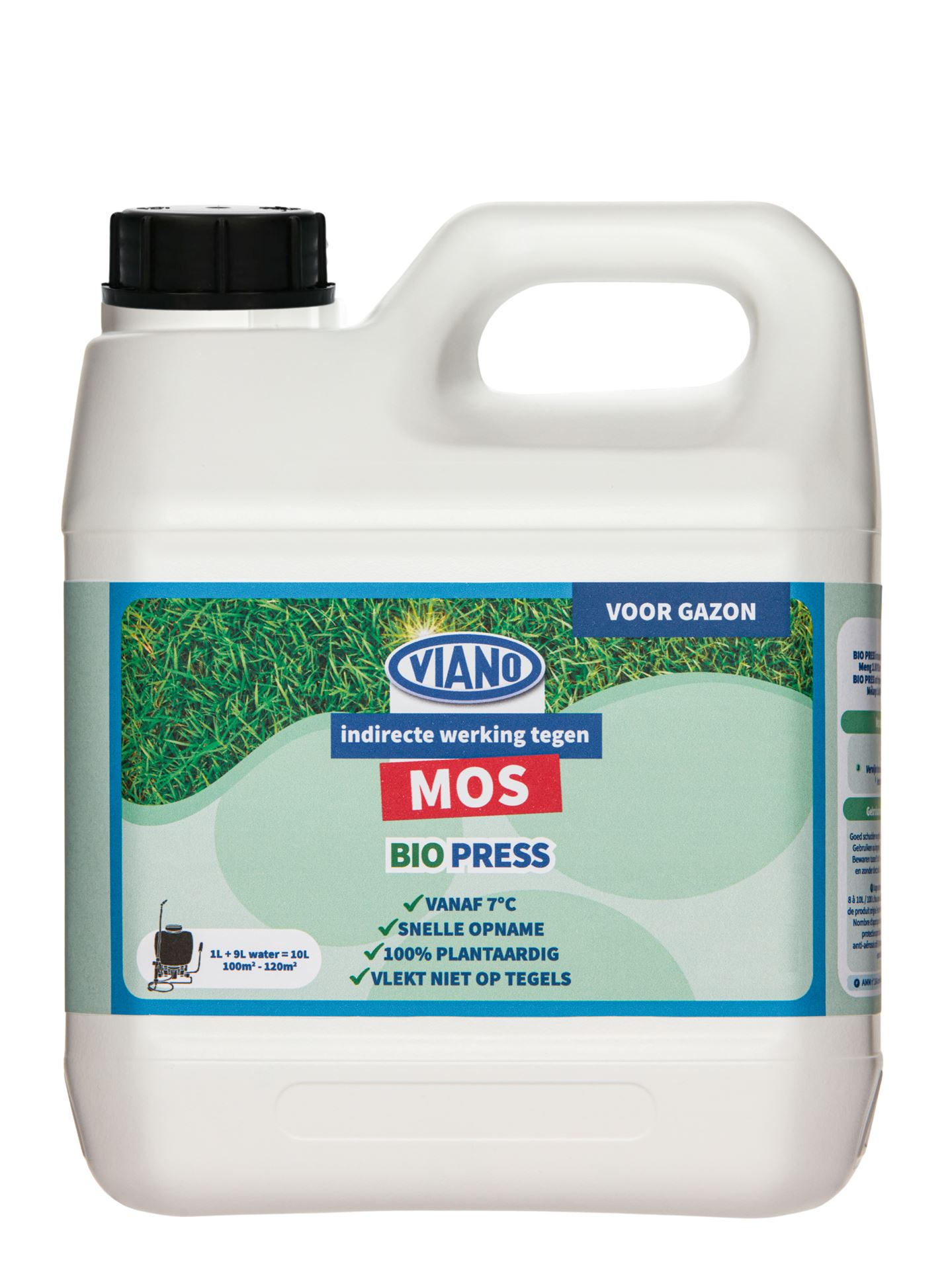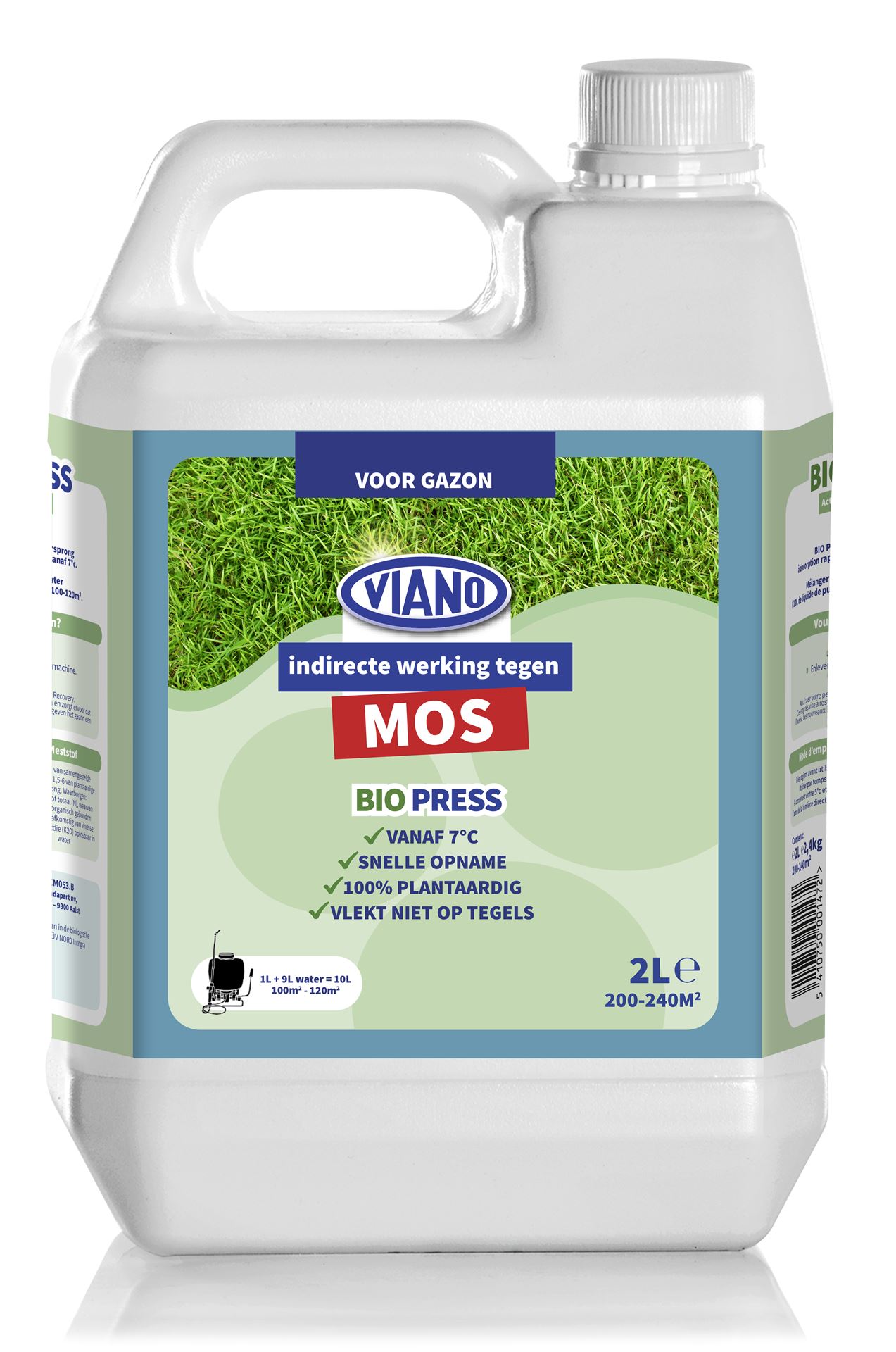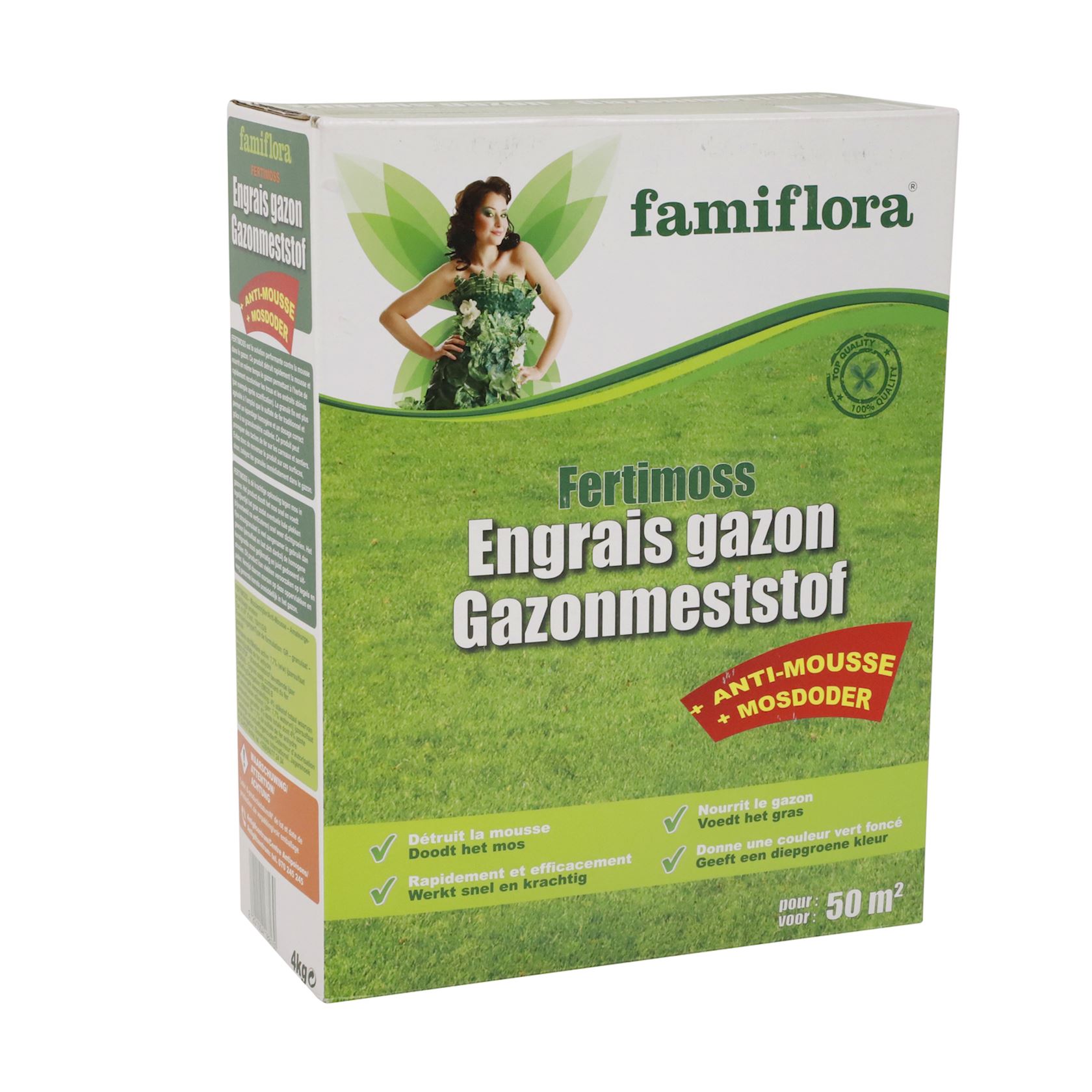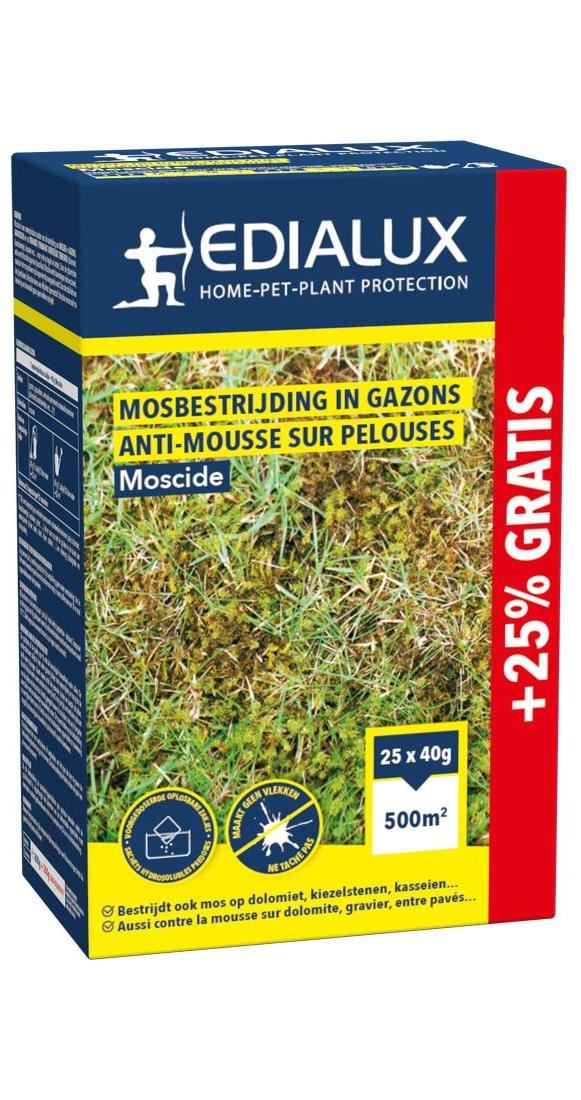
Avoiding and controlling weeds in your lawn: the step-by-step plan
It is every grass owner's dream to have a beautiful and even green lawn. Without even a blade of weeds, moss or clover. But unfortunately, this is often a pipe dream. Weeds are often persistent and once they are there, it is often difficult to get rid of them. Weed seeds are often spread by birds, making it almost impossible to keep them out of your garden altogether. However, you can reduce the chances of them germinating. Anyway, the focus should be on prevention. Since 2019, the sale and use of selective weed killers (i.e. those that only kill weeds and spare your lawn) has been banned in Belgium. The regulations have also been tightened in the Netherlands. Once you have weeds in your lawn, getting them out again is no mean feat. Fortunately, there are some tricks. We tell you more about them here.
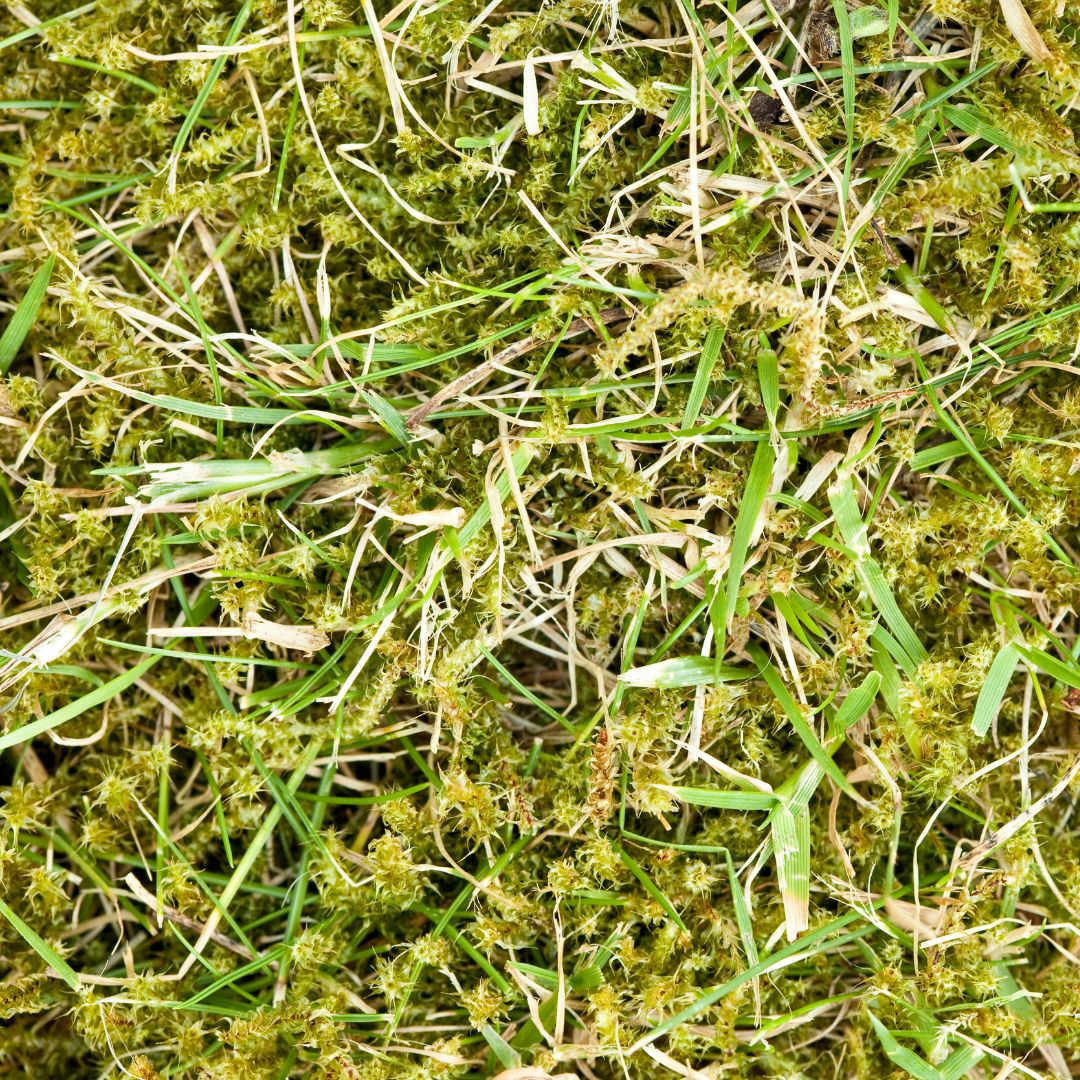
Causes of weeds in your lawn
- Soil values not in balance: Fertilise your lawn three times a year with lawn fertiliser (spring, summer, autumn) for a healthy and strong lawn. This way, weeds won't have a chance against your strong lawn. Weeds in your lawn are often a strong indicator that your soil values are unbalanced and therefore your soil needs lawn fertilisers. Clover, for example, needs low-nitrogen soil to grow well. If soil values are not balanced, the lawn will also become thinner possibly resulting in bare patches, giving room for weeds to grow.
- Grass cut too short: A lawn whose grass has been cut too short is a fine place for weeds. The weeds thus have much less to compete with the grass and so can grow easily. Never cut the grass shorter than 4 centimetres.
Avoiding weeds in your lawn
Lime
The ideal period for liming is during winter, between, say, mid-October and mid-February. During this period, the soil is normally the wettest, so the lime dissolves easily and penetrates the soil quickly. Preferably lime in the autumn (November-December but not at freezing temperatures). This allows more time between liming and spring fertilisation so that the lime can work in peace.
Before blindly getting started, check whether you need to lime. This is because lime counteracts soil acidification. If the acidity of your soil is high or low, lime will do more harm than good. You can easily measure soil acidity yourself with a soil analysis test kit. Soil acidity is a natural process. But a soil should not become too acidic either. The grass roots will then not be able to absorb enough nutrients and your grass will not grow as well. Moss and weeds thrive on soil with an unbalanced pH value, and fungi are more likely to grow.
A test kit will tell you the pH value of your soil. For a lawn, it should ideally be between 6.2 and 6.7. A lower pH indicates that the soil is slightly acidified. By spreading lime, you can restore the acidity level. At a pH below 5, the soil is heavily acidified and needs a thorough repair.
After liming, wait 3 to 4 weeks to fertilise your lawn. This is because your lawn needs time to absorb the nutrients from the lime. If you leave too little time between spreading lime and fertiliser, the components will chemically bond which can lead to unpleasant surprises.
Fertilise
- In spring, use a fertiliser with a higher nitrogen value. This gives your lawn a boost which stimulates growth after the winter.
- Nitrogen is also an important parameter in summer. During the summer, you therefore apply another nitrogen-rich fertiliser to further stimulate root growth. Magnesium, in turn, ensures a deep green colour which makes your lawn look simply pristine.
- During autumn, the concentrations of potassium and phosphorus are crucial. These components strengthen the roots so that the lawn is less affected by diseases and fungi in winter. It is recommended not to apply nitrogen-rich fertilisers after mid-August. The nitrogen percentage would be too high in autumn and winter which will just weaken your lawn instead of strengthening it.
Re-seeding bare spots
Weeds see a bare or sparsely vegetated spot in your lawn as an ideal place to grow. If you have manually removed weeds, a (small) bare spot may remain.
With bare spots in the lawn, you would therefore do well to re-seed grass. But the timing should allow it. Supplementary grass sowing is best done in spring (March to May) or autumn (about mid-August to the end of October). The soil temperature should be at least 10°C to allow the grass seed to germinate. Also make sure that the soil values are right before sowing. Bare patches can be an indication of disturbed soil values.
To avoid weeds reappearing in the bare spots after reseeding, it is best to choose a fast-germinating grass mixture (especially if you reseed in spring). Street grass, for example, germinates as early as 8°C and then grows very quickly. Grass seed with SOS technology (Super Over Seeding) germinates as early as 4°C so your lawn will grow nicely dense before for instance street grass has a chance to germinate.
For large bare spots, it is best to take a full grass seed mixture. Preferably sow the same mixture as the original. For smaller bald spots or after intensive scarification, choose a repair mixture.
Have a look at our grass seed mixtures

Tip from Marcel
Before re-seeding, loosen soil from bare spots a little with a rake. Mix the grass seed with loose soil or a soil improver such as DCM lawn fertiliser & soil improver ‘laying lawn’ or Viano soil improver for repair & laying lawn. Never sow directly on hard ground as your grass seed will not germinate.
Mowing and scarifying
- Mow regularly: Regular grass cutting prevents weeds from flowering and thus spreading further in your garden. You also exhaust the weeds. In fact, weeds handle being mowed much less well than grass.
- Scarify: If you suffer from excessive weeds/moss, scarifying your lawn can help. This removes weeds and moss from your lawn and cuts its underground roots. This keeps your lawn nice and airy and allows the grass to grow well. Note: the best periods for scarifying are April and September/October. Be sure not to scarify too late in the autumn so that your lawn has time to recover.
Controlling weeds, clover and moss
How to control weeds in your lawn
How to control clover in your lawn?
Note: Do not use nitrogen-rich fertilisers or blood meal on newly sown lawns. The grass would burn.
Viano does have a selective clover fighter in its range, namely Viano Clever Off. This product does not act on the roots but on the leaves, so that after a few treatments the root system will be exhausted. Nevertheless, you need to be careful. If you accidentally sprayed grass, water immediately so the product can drain away. Clever Off is not recommended for newly sown lawns.
How to fight moss in your lawn?
At Hermie's, the grass is always greener, and so is yours with our tips! 👇
More info? Receive all our gardening tips directly in your mailbox!
We'll only email you handy facts, green advice and our best promotions & discounts. You'll receive it about once a week and you can unsubscribe at any time. No spam, promise 🤞

